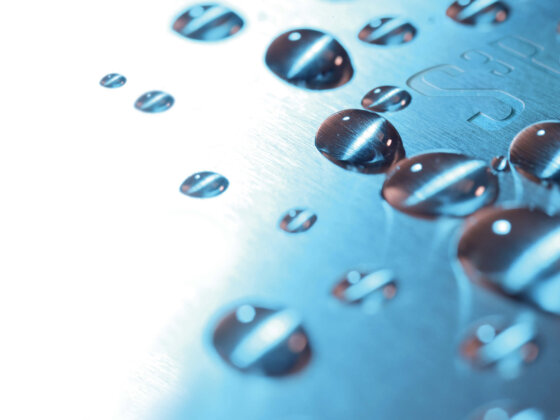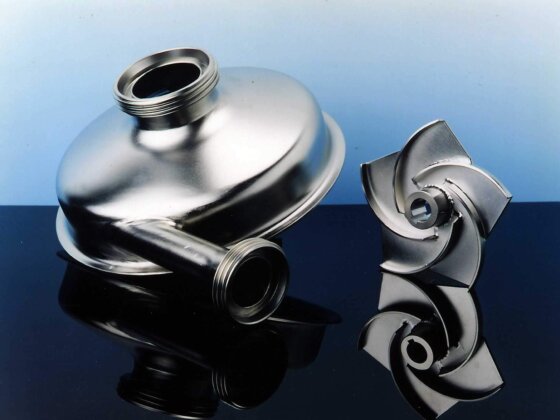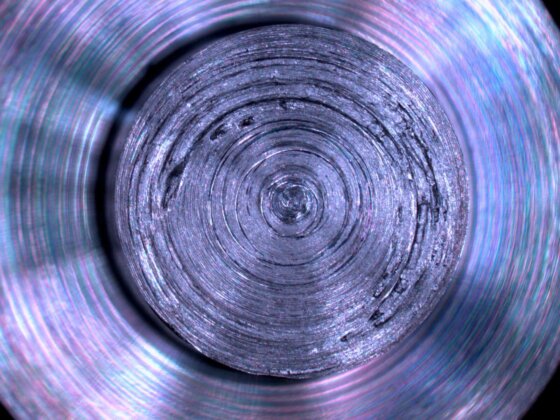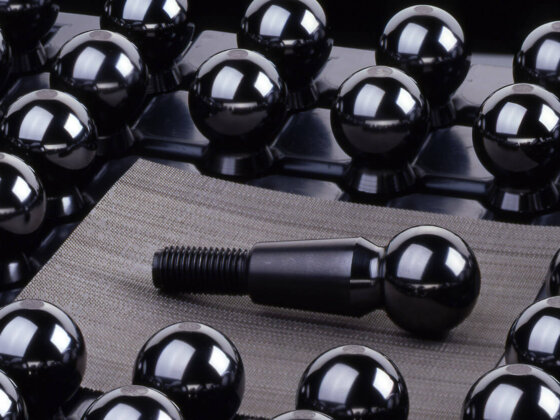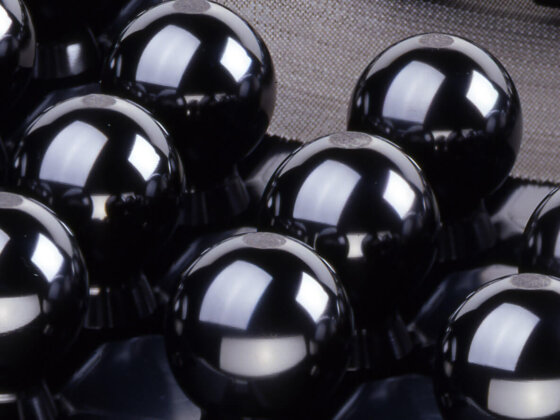What is Expanded Austenite or “S-phase”?
The terms “expanded austenite” and “S-phase” were coined when first discovered in the early 1980s. The term S-phase was used to describe new peaks shown with X-ray powder diffraction (XRD) device. It was believed that a new phase was formed in the austenitic structure of stainless steels. It was later discovered this was not true…
read more
